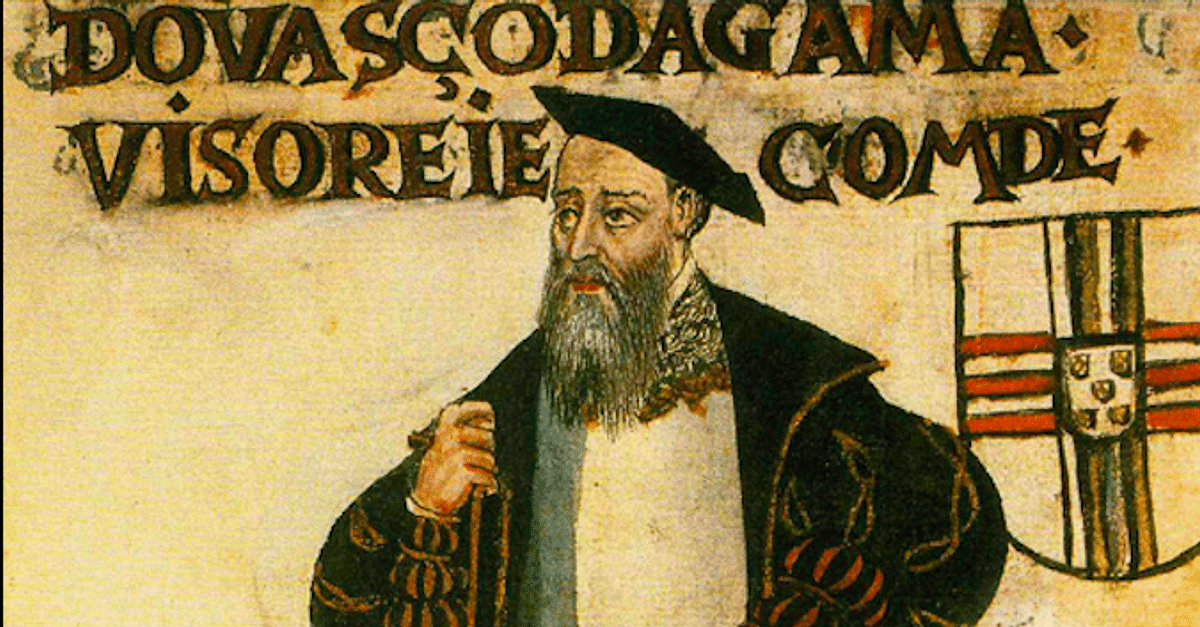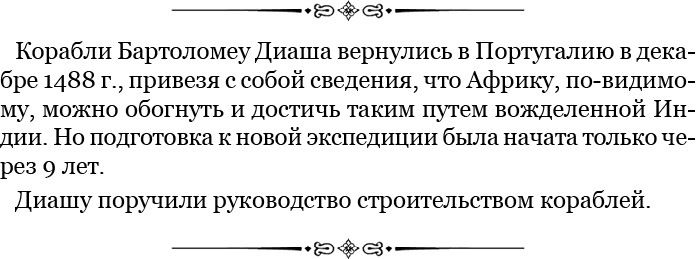

- Vasco da gama bibliography full#
- Vasco da gama bibliography series#
- Vasco da gama bibliography free#
From there, creeping up the east coast of Africa, he embarked on the uncharted vastness of the Indian Ocean. After months of sailing, he rounded the Cape of Good Hope. Instead of heading west, da Gama went south. To discover the sea route to India, he deliberately set his course in a different direction from Columbus, his great seafaring rival. He sailed blindly, virtually by instinct, without maps, charts or reliable pilots, into unknown oceans.Īs Nigel Cliff, a historian and journalist, demonstrates in his lively and ambitious “Holy War,” da Gama was abetted as much by ignorance as by skill and daring.

But where courage could not bring him through violent storms, contrary seas and the machinations of hostile rulers, luck came to his rescue. On this voyage, as on his two later ones, he proved a brilliant navigator and commander. He possessed a visionary cast of mind bordering on derangement he saw himself spearheading a holy war to topple Islam, recover Jerusalem from “the infidels” and establish himself as the “King of Jerusalem.”ĭa Gama shared these dreams, but like his hard-bitten crew, rogues or criminals to a man, he coveted the fabled riches of the East - not only gold and gems but spices, then the most precious of commodities. The king was not moved chiefly by a desire for plunder. An obscure but well-connected courtier, he had been chosen, much to everyone’s surprise, by King Manuel I to head the ambitious expedition to chart a new route to India.
Vasco da gama bibliography series#
The goal of the Gellu Naum's textual representative is to move between worlds, to participate in a fluid series of magical changes in the permanent process of seeking for a secret identity.The Portuguese navigator Vasco da Gama set sail from Belém, a village at the mouth of the Tagus River now part of greater Lisbon, on July 8, 1497.
Vasco da gama bibliography free#
The Surrealist hero (both Vasco da Gama and The Incendiary Traveller) has to be at the same time a textual construct, only a toy in the demonically animated inorganic things' hands, an inert object, and, at least, the poet's alter ego, exploratory of the irrational and marvellous, a grand voyager over the devouring sea of objects (sea of bones), a platform build on the basis of free imagination. The Romanian poet concentrates on the liberation of the subject or a person from the necessity of identity.
Vasco da gama bibliography full#
The main aim is to reconstruct Naum's imaginary areas full of unseen things that underlie the surfaces of the quotidian and consciousness. The principal part of the paper is devoted exclusively to the analysis of Gellu Naum's early masterpieces - The Incendiary Traveller (1936) and Vasco da Gama (1940). The new lease of life brought to the movement by the Romanian group was incontestable. With a starting glimpse of Naum's debut (The Incendiary Traveller, 1936), surrealism in Romania has earned a lot of consciousness, confirmed by several volumes (particularly Naum's Vasco da Gama, 1940). On that basis, surrealism is being reconsidered as a special type of sensibility reclined on an unruly imagination rather than anarchical doctrin. The point of departure for considerations becomes the theoretical background of Naum's aesthetic premises. The paper presents the early poetic works of Gellu Naum, leading representative of the Romanian surrealism.


 0 kommentar(er)
0 kommentar(er)
